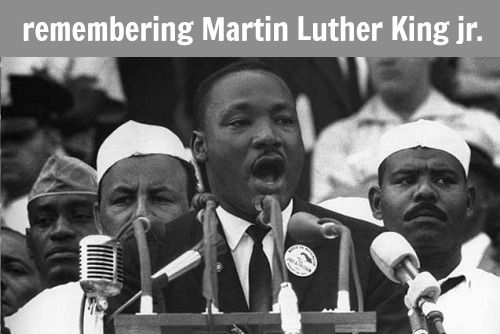Themes and units should be based on concepts. A unit on "bears", "circus" etc. is not
driven by concepts. However, units on "how animals live", "immigration", "communities" areconcepts that provide a foundation for units.
Eiher in English or Spanish thematic units are powerful in building and maintaining children interest. Children of all ability levels are motivated to learn. An advantage to using thematic units is the teacher's ability to expand the ideas and content. Contrary to teaching from a file cabinet that is used year-to-year, thematic units of study never stagnate. As a beginning, select one unit and build. Begin with concepts, objectives, materials, and a time element. Ask children what they like or their interests. This varies with each new class. Let them evaluate their learning and the unit content. Decide where to modify mini-lessons or materials.
Units are wonderful in the development of a sense of pride and ownership in learning.
Some considerations in the planning would include:
1. Length of the unit.. a week, two weeks, four weeks, etc. How much time do you have
for the implementation of the unit?
2. Content areas to be integrated.. language, literature, social studies..
3. Curriculum expectations of your school district.. checklist of skills and concepts
integrated into the unit as introduced, maintained, mastered, etc.
4. Availability of materials, both those provided by the district and supplemental
materials you may have to purchase or find.
5. Centres - what activities will be used to reinforce the skills at centres and how you
will manage them
7. Songs, poems, music - finding the resources that can be used for morning meetings,
poetry journals, circle time, phonemic awareness. Review materials that include specific
themes but also the phonemic skills you want to use in the unit.
8. Art and projects - to extend the unit. Will there be an art center each day, each
week, or at the end of the unit a project? What type of hands-on experiences will you
provide?
9. Environment - how will you work with your big ideas in a tiny space?
10. Children needs - diverse learning styles, language (oral language in their home
language and school language).
11. Scheduling the activities... working with special classes, pull out classes, and
absent students.
12. Assessment. What is the criteria? How can all children achieve a feeling of
success and be successful, responsible learners?























.JPG)











.jpg)
